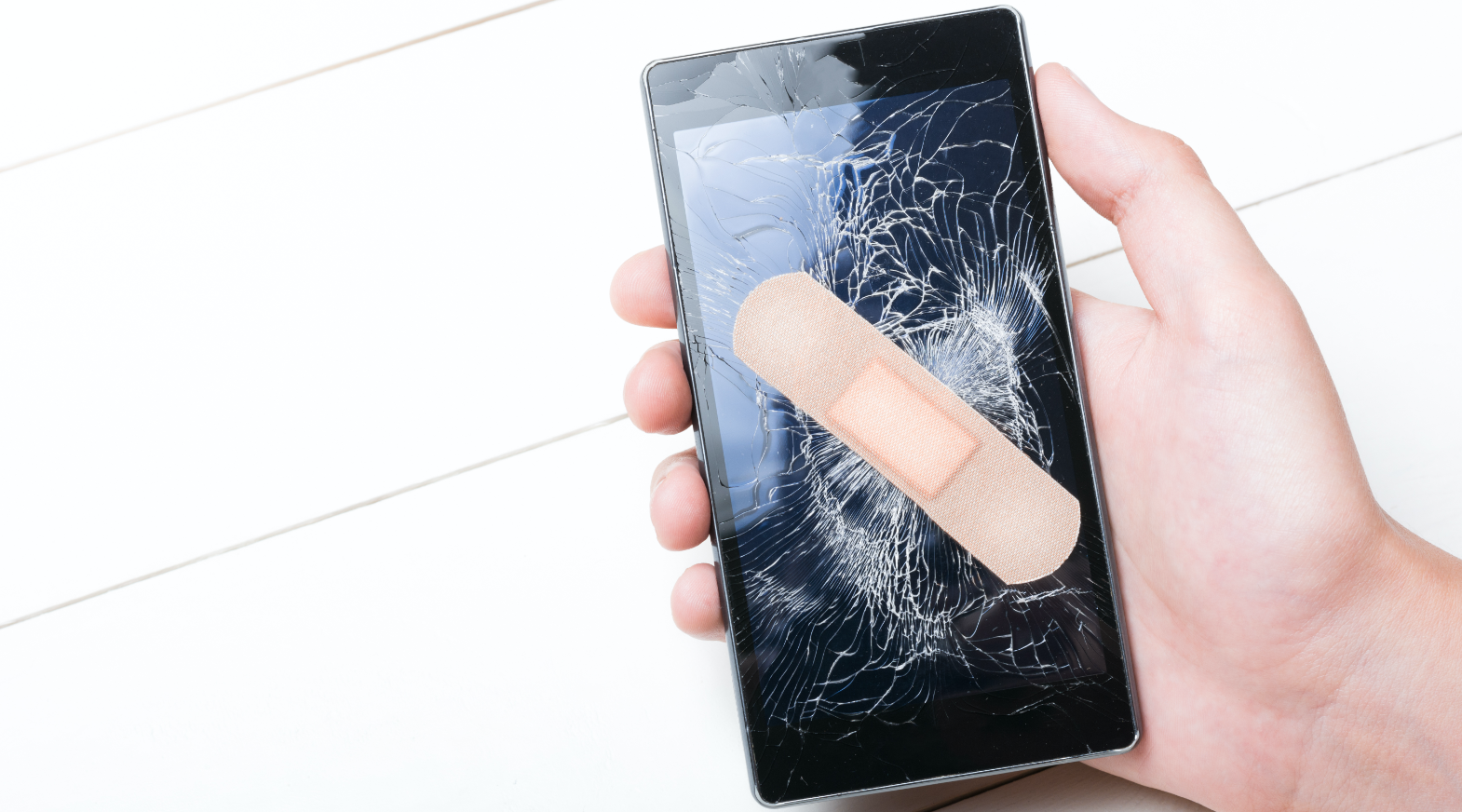Hard materials that mend themselves
-
- from Shaastra :: vol 01 edition 02 :: Jul - Aug 2021

It is a truth universally acknowledged that accidentally dropped handphones lead not only to shattered phone screens but also to broken hearts. And given that phones get dropped more often than we like, many among us may have wished for a screen that miraculously mends itself.
Well, that wish is close to being granted, thanks to the pioneering work by a team of Indian scientists.
Researchers from the Indian Institute of Science Education and Research Kolkata (IISER-K) and their collaborators from the Indian Institute of Technology Kharagpur (IITKGP) have synthesised an organic crystalline material that has the ability to spontaneously repair itself within a fraction of a second when it is broken.
Devices that we use daily often break down due to mechanical damage, and have to be repaired or replaced. This shortens the life of the equipment and increases maintenance costs. In some cases, human intervention for restoration is not possible.
Materials scientists have been in search of such smart materials that can self-repair as they have huge application potential in industries ranging from electronics to aerospace. Some have been successful in incorporating this ability to autonomously restore shape or self-heal in certain metals and polymers.
But IISER Kolkata and IIT Kharagpur scientists have achieved something unique. Up until now, this self-healing property has been achieved only in materials that are soft and amorphous. And they require some external stimulus such as heat, light or a chemical agent in order to trigger the healing process. The material that the Indian researchers synthesised, on the other hand, has a crystalline structure and is 10 times harder than other smart materials; for that reason, it may find use in most electronics and optical applications.
The coupling of self-healing properties with crystallinity could enable a number of long-sought technologies. For instance, many micro-electronic devices whose function is based on precision positioning require accurately oriented, highly crystalline piezoelectric crystals. Piezoelectric crystals are a class of materials that generate electricity when they undergo a mechanical impact. Such piezoelectric materials must withstand prolonged mechanical loading and unloading cycles; hence, fracture-healing ability is critical to boost their durability. Some such devices are high-end micro-chips, high-precision mechanical sensors, actuators, and micro-robotic devices.
When crystals are fractured, they develop charged surfaces that attract each other, drawing the two faces together to enable self-repair.
The ability to autonomously restore shape or self-heal is a useful property that has been incorporated into a range of materials, including metals and polymers. The Indian team led by C. Malla Reddy, a chemistry professor at IISER, and Nirmalya Ghosh, his colleague from the Physical Sciences Department, managed to do this in piezoelectric molecular crystals.
In their paper published in Science journal in July, the scientists showed that when crystals are fractured, they develop charged surfaces that attract each other, drawing the two faces together to enable self-repair as long they remain within a critical distance of each other.
The crystals created by Reddy and his colleagues were needle-shaped. The scientists hope that further research into such materials may eventually lead to the development of smart gadgets that self-repair cracks or scratches.
Have a
story idea?
Tell us.
Do you have a recent research paper or an idea for a science/technology-themed article that you'd like to tell us about?
GET IN TOUCH














